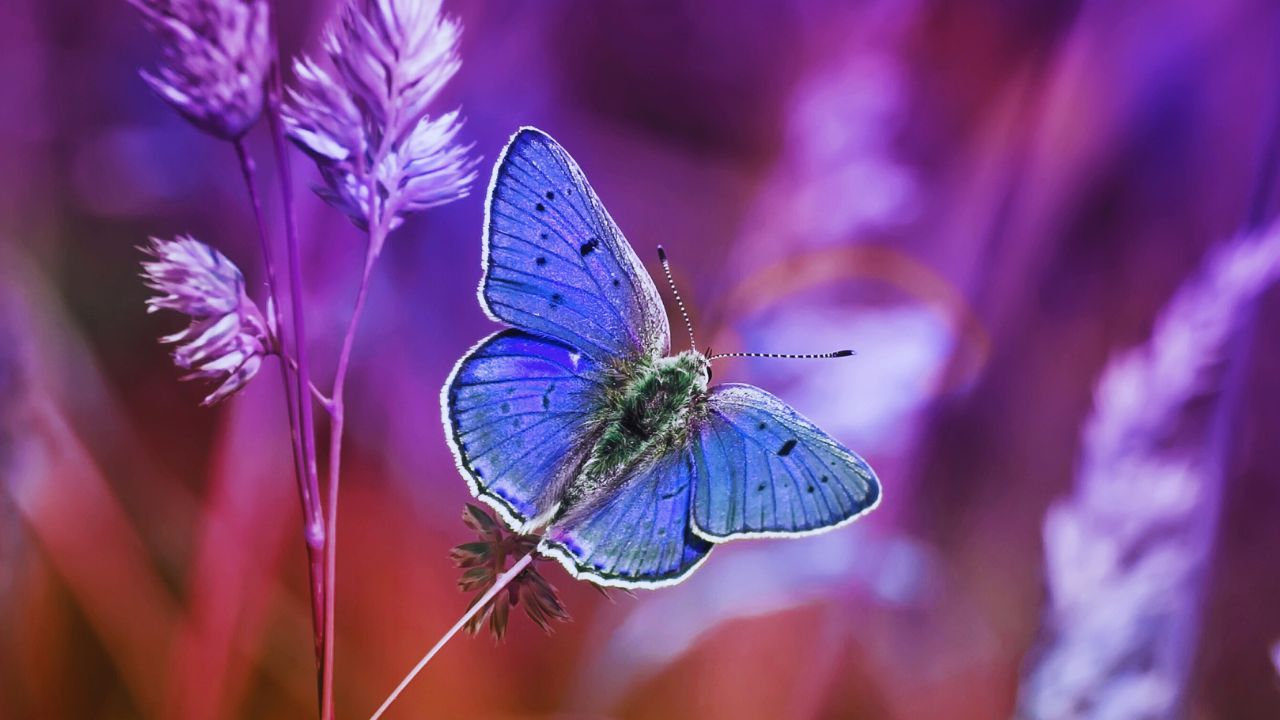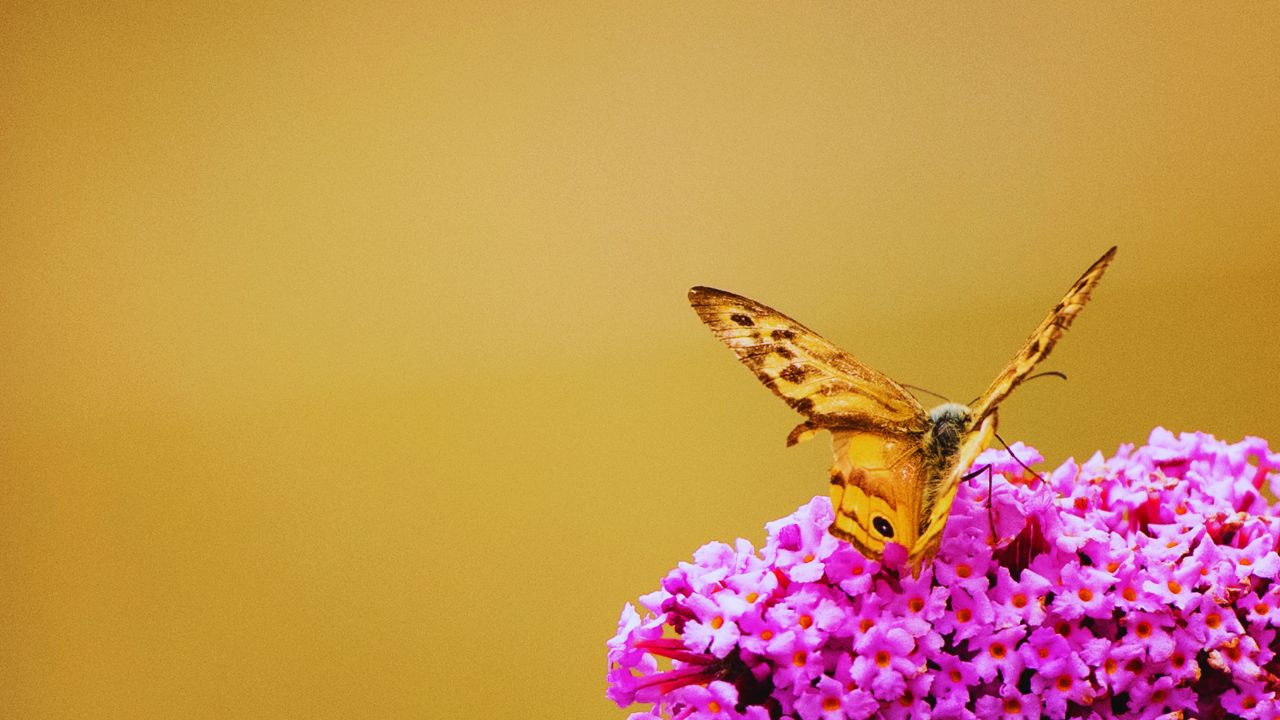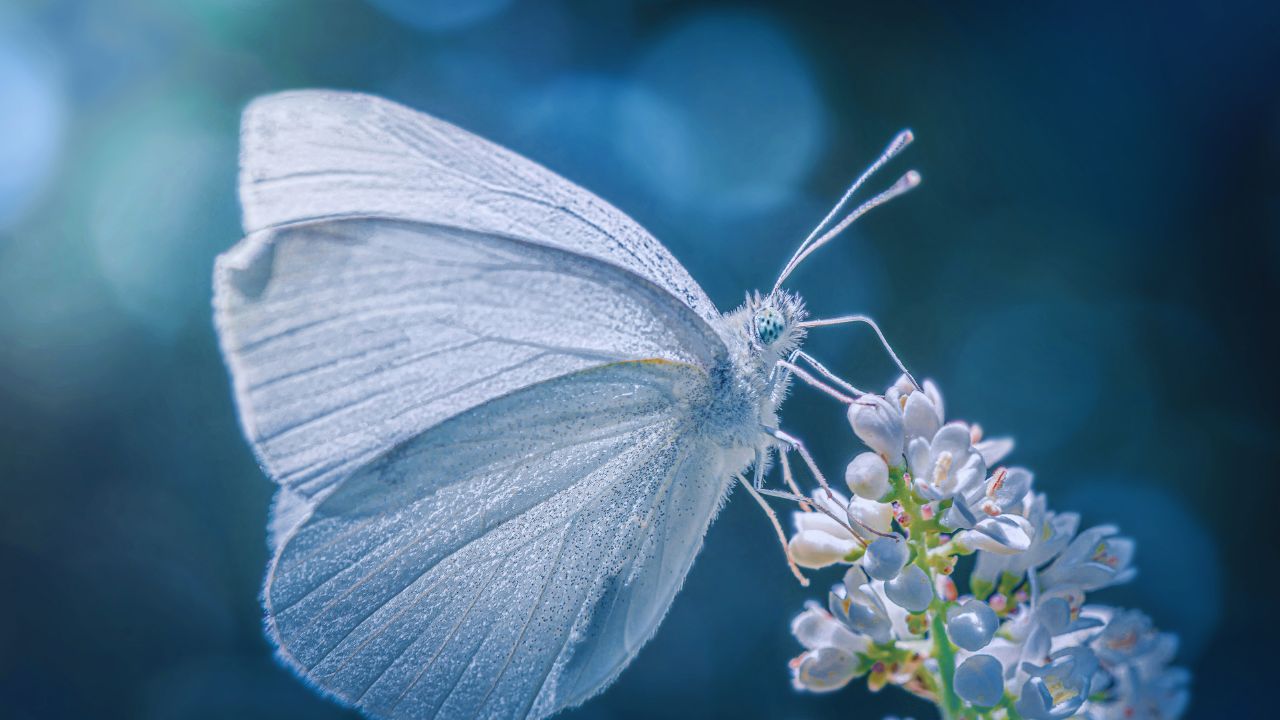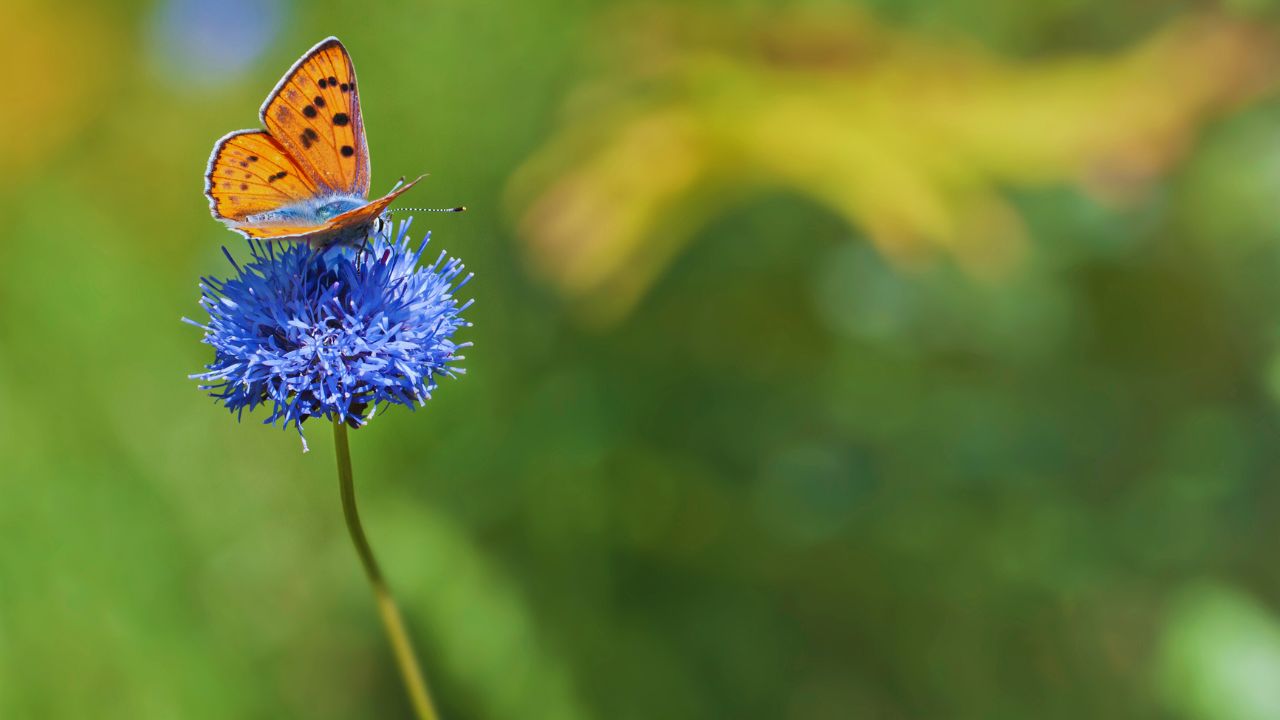In nature, butterflies are breathtaking with their vivid hues and fragile wings. As pollinators, these elegant insects are very vital in ecosystems as they support the diversity of plant life. Butterflies are not free from the food chain, nevertheless, notwithstanding their beauty and ecological value. From eggs to larvae (caterpillars), pupae (chrysalises), and adult butterflies, a wide range of predators constantly threatens butterflies at several phases of their existence.

Types of Butterfly Predators
| Category | Examples | Description |
|---|---|---|
| Birds | Great Tit, Red-winged Blackbird, Eastern Bluebird | Birds that catch butterflies mid-flight or when they are resting. They are attracted to brightly coloured butterflies and may target them for their high nutrient content. |
| Insects | Wasps (e.g., Paper Wasps), Ants (e.g., Red Imported Fire Ants), Spiders (e.g., Orb-Weaver Spiders) | Insects that prey on butterflies at various life stages. Wasps and ants often attack caterpillars, while spiders use webs to trap butterflies. |
| Reptiles and Amphibians | Anole Lizards, American Toads, Frogs | Reptiles and amphibians that capture butterflies when they are on or near the ground. These predators are opportunistic and often feed on butterflies during their active periods. |
| Mammals | Bats (e.g., Brown Long-Eared Bat), Shrews, Mice | Mammals that occasionally prey on butterflies. Bats may catch nocturnal moths, while shrews and mice may consume butterfly larvae and pupae. |
| Humans | – | Although not direct predators, human activities like habitat destruction, pesticide use, and climate change significantly impact butterfly populations. |
Birds: Aerial Predators from Above
Among the most important hunters of butterflies are birds. Many bird species mostly eat insects; hence, butterflies, with their easily available and nutrient-dense bodies, are a perfect target. While some bird species pursue butterflies while they are resting on flowers or leaves, others have evolved specific methods to grab them mid-flight.
The Great Tit (Parus major) is a bird and one of the most well-known butterfly hunters. This little yet nimble bird can precisely grab butterflies from the air and has sharp eyes for detecting them. Particularly in the summer when these insects are most plentiful, other bird species, including the Eastern Bluebird (Sialia sialis) and the Red-winged Blackbird (Agelaius phoeniceus), are also very proficient at hunting on butterflies.
Brightly coloured butterflies appeal especially to birds, as their striking colours make them simple to find. But this has resulted in an evolutionary arms race wherein certain butterfly species have evolved mimicry or cryptic colouring to evade notice. For example, the Viceroy butterfly (Limenitis archippus) is somewhat similar to the poisonous Monarch butterfly (Danaus plexippus), therefore discouraging any avian predators from dining on it.

Insects: The Unknown Danger
Often the most lethal enemies to butterflies are insects themselves. At all phases of their existence, a range of predatory insects—including wasps, ants, and spiders—threaten butterflies seriously.
Preying on caterpillars, wasps—especially paper wasps (Polistes spp)—are infamous. Usually aiming for an easy supply of protein, these wasps search for caterpillars to feed their larvae. With their venom, the wasps may paralyse the caterpillars, thus facilitating their return to their nests.
Another strong predator are ants. Considered opportunistic eaters, they may target butterfly eggs, larvae, even pupae. Particularly violent certain ant species, notably the Red Imported Fire Ant (Solenopsis invicta), will assault and eat any butterfly stage they come across. To fight ant predation, butterflies have developed many tactics, including depositing eggs on less accessible plants or creating chemical deterrents that reduce palability.
Another type of insect that endanger butterflies, especially when they get caught in webs, are spiders. Particularly good at catching butterflies are orb-weaver spiders (Araneidae), whose complex and sticky webs allow for Once caught, the butterfly fights to release itself, usually becoming further caught and enabling the spider to approach for the kill.

Ground predators: reptiles and amphibians
Additionally known to feed on butterflies are reptiles and amphibians like lizards, frogs, and toads. When a ground-dwelling predator is resting or eating on flowers near the ground, it is particularly successful in capturing butterflies.
Using their excellent vision and fast reflexes, lizards may ambush butterflies within reach. For instance, in tropical areas, the anole lizard (Anolis spp.) is a frequent predator of butterflies. Often waiting calmly among flowers or on tree trunks, these lizards are poised to quickly grab an unwary butterfly.
Being opportunistic eaters, frogs and toads will consume everything that suits their mouth. Including butterflies. These amphibians are especially active at night and evening when certain butterfly species might be sleeping and so susceptible to predation. For instance, during its nighttime foraging, the American Toad (Anaxyrus americanus) is known to eat a range of insects, including butterflies.

Mammals: The Unanticipated Killers
Though not as prevalent as birds or insects, certain animals are known to eat butterflies. For instance, bats are nocturnal predators who mostly eat insects; they sometimes capture butterflies during their midnight excursions.
Some species of bats, like the Brown Long-Eared Bat (Plecotus auritus), have been seen consuming nighttime moths—close cousins of butterflies. Although bats’ main food supply is not butterflies, sometimes they fall victim to these nimble fliers, particularly in times when other prey is limited.
Small creatures like mice and shrews could also feed on butterfly larvae and pupae. These omnivorous creatures will consume practically everything they come across, even insects. If found, butterfly pupae—often buried beneath bark or in leaf litter—can be a simple meal for these little animals.
People: The Indirect Opponents
Although people do not specifically hunt butterflies, our actions greatly affect their numbers. Among the major hazards facing butterflies today are habitat degradation, pesticide usage, and climate change. Urbanisation and deforestation lessen the natural environment available for butterflies, therefore affecting their food and breeding sites availability.
Additionally very damaging to butterflies are pesticides used in gardens and farms. These substances not only directly kill the insects but also lessen the availability of flowers high in nectar, which butterflies depend on for food. Moreover, the disappearance of host plants—which caterpillars eat—may cause a drop in butterfly numbers.
Another great hazard is climate change, as it disturbs the fragile equilibrium of ecosystems. Butterfly migratory timing, breeding cycles, and food source availability may all be impacted by variations in temperature and weather patterns. These environmental changes are already causing population losses for several butterfly species.

Defence Mechanisms: Butterflies Prevent Predation
Though they are always in danger, butterflies have developed many defence strategies to escape predators. Mimicking is one of the most often used techniques; a butterfly will copy the look of another species that predators find poisonous or unappealing. One notable example of this approach is the viceroy butterfly described here, which resembles the monarch.
Camouflage is another defensive strategy. Predators find it challenging to find certain butterfly species, as some of them have adapted to fit their environment. The Dead Leaf butterfly (Kallima inachus), for instance, may conceal itself in plain sight amid the vegetation with wings that look like a dried leaf.
Apart from their physical defences, some butterflies have chemical ones. For example, the monarch butterfly gets harmful substances known as cardenolides by eating milkweed plants in its larval stage. Predators find the Monarch unappealing because of these poisons; birds that have tried to eat a Monarch frequently learn to avoid them going forward.
Finally, butterflies have behavioural defences. Some species fly erratically to escape capture, which makes it difficult for predators to forecast their paths. Others could enjoy the light when their wings are closed, therefore hiding their view from predators.
| Mechanism | Examples | Description |
|---|---|---|
| Mimicry | Viceroy Butterfly | Mimics the appearance of toxic butterflies like the Monarch to avoid predation. |
| Camouflage | Dead Leaf Butterfly | Wings resemble a dried leaf to blend into the surroundings and avoid detection by predators. |
| Chemical Defence | Monarch Butterfly | Contains toxic compounds from milkweed plants, making it unpalatable to predators and deterring attacks. |
| Behavioural Defence | Erratic Flight Patterns, Basking | Engages in unpredictable flight patterns to confuse predators or basks with wings closed to reduce visibility. |
The natural world depends on butterflies, as they help to maintain the variety and health of ecosystems. From birds and insects to reptiles, amphibians, and even mammals, they are also susceptible to a great variety of predators, however. Although butterflies have evolved many ways to avoid predation, they nonetheless suffer great difficulties, especially from human activities endangering their habitats and food supplies.

Conservation aims depend on an awareness of the intricate interactions between butterflies and their predators. We can help to guarantee that these lovely insects remain natural by safeguarding butterfly habitats, cutting pesticide usage, and thereby limiting the effects of climate change. The existence of species like butterflies determines the fragile equilibrium of nature; so, it is our obligation to protect their future.
Impact of Human Activities on Butterflies
| Activity | Impact | Description |
|---|---|---|
| Habitat Destruction | Loss of Breeding and Feeding Grounds | Deforestation and urbanisation reduce natural habitats, making it difficult for butterflies to find food and suitable places for reproduction. |
| Pesticide Use | Reduction in Food Sources and Direct Mortality | Pesticides kill butterflies directly and decrease the availability of nectar-rich flowers and host plants. |
| Climate Change | Disruption of Ecosystem Balance | Alters temperature and weather patterns, affecting butterfly migration, breeding cycles, and food availability. |





